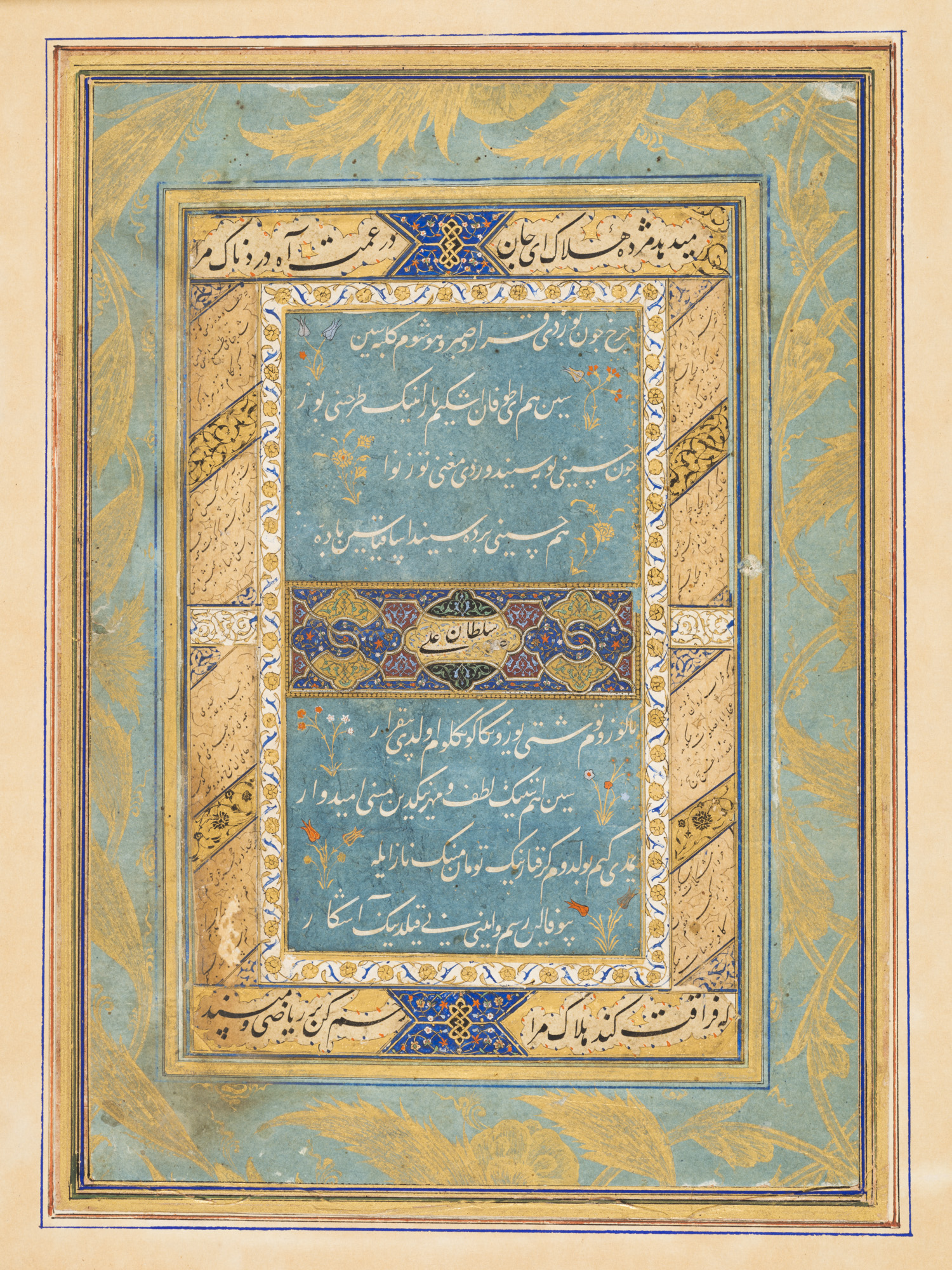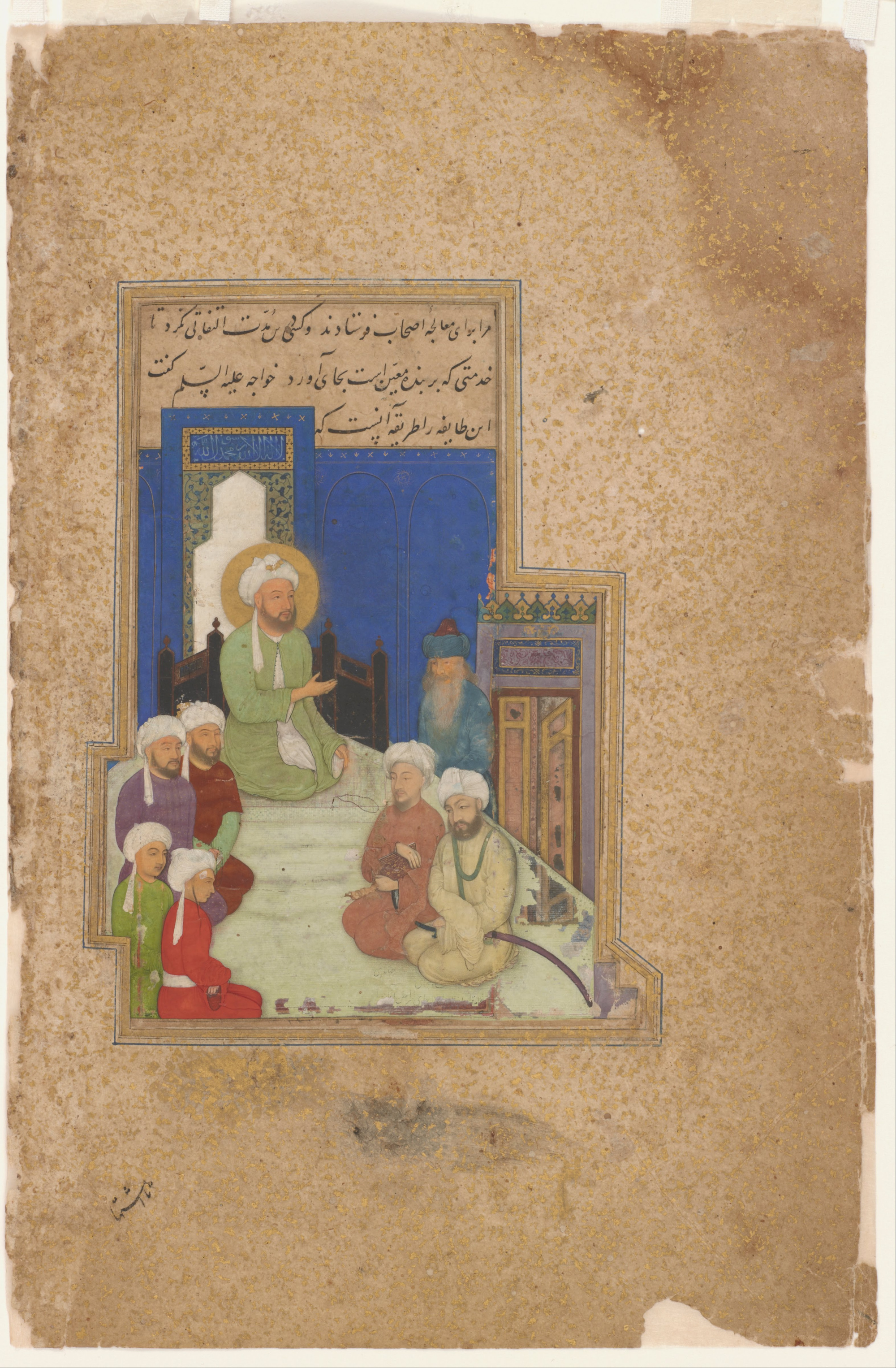Today we present the piece from The Cincinnati Art Museum and the exhibition Collecting Calligraphy Arts of the Islamic World, which will be open until January 27, 2019. We know how rarely we feature Islamic art and I'm very happy we can present this piece to you today. Enjoy!
Richly illuminated folios from poetic and historic manuscripts will be displayed alongside pages from the Qur’an, calligraphic practice sheets, and political decrees in Collecting Calligraphy: Arts of the Islamic World. Through the display of individual folios and complete manuscripts that date from the 9th through the 20th century, the exhibition emphasizes the craftsmanship and skill evident in each work’s creation. One can appreciate the symbiotic balance between paper size, script, ornamentation, and illumination in works that originate from a myriad of countries; including Iran, Turkey, India, Spain, and Syria. Discovering Islamic calligraphy through this collection reveals how the art of the book functioned as a vehicle to convey knowledge, disseminate the word of God, and legitimize empire.
Bearing the name of the master calligrapher Sultan cAli Mashhadi, this page is a remarkable example of découpage and paper cutting (qatic). The nasta’liq calligraphic verse was first written, then each letter was individually cut out and adhered to another paper in a darker contrasting color. Pages from this diwan circulated widely, and can be found in public and private collections around the world. Yet it is this folio that includes the name of the calligrapher, positioned in the central illuminated panel. Composed in Chaghatay, an eastern Turkic dialect, the many varied poems were written by the last great Timurid ruler, Sultan Husayn Mirza (r. 1469–1506), a great patron of the arts.
P.S. If you want to know what a mihrab is, read about it here. And watch beautiful examples!


 Sultan Ali Mashhadi
Sultan Ali Mashhadi